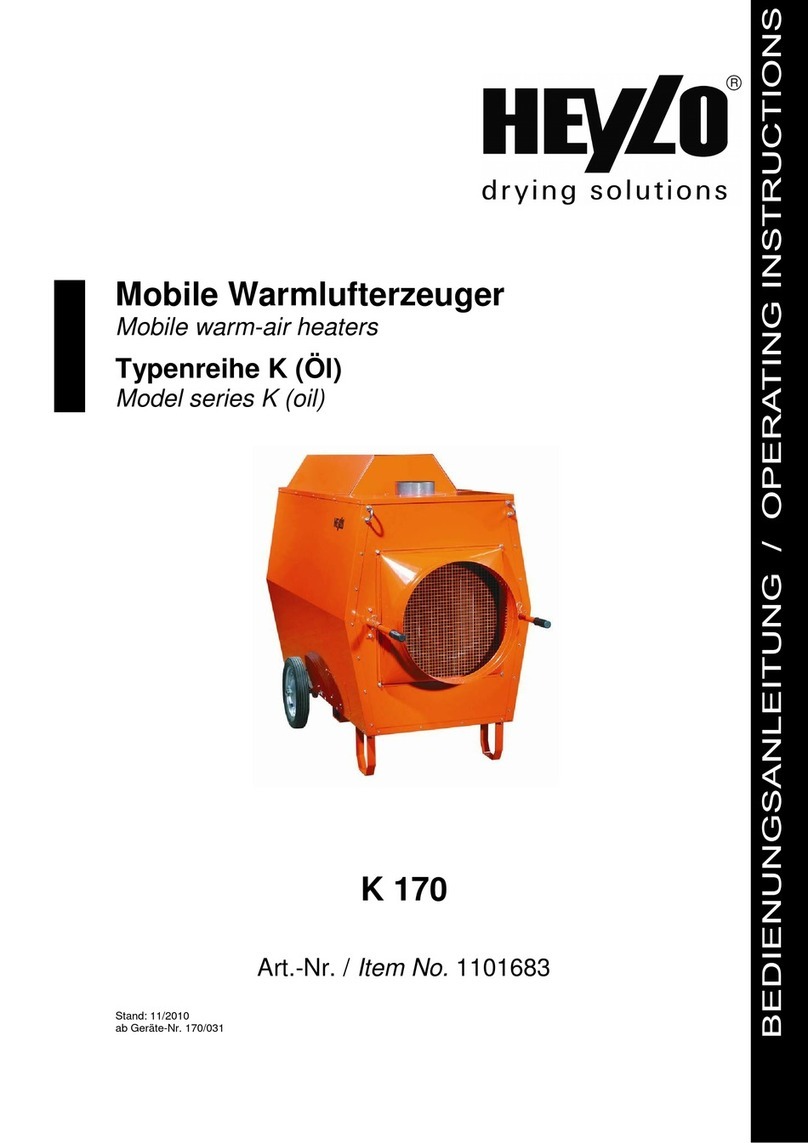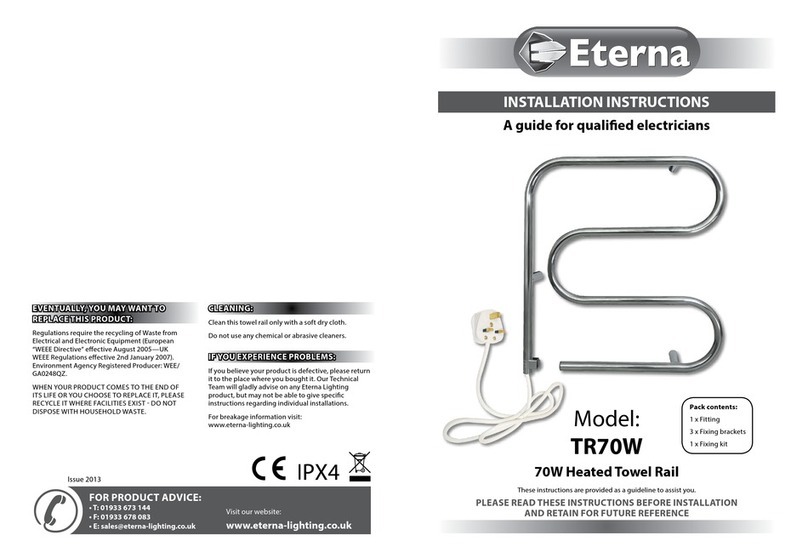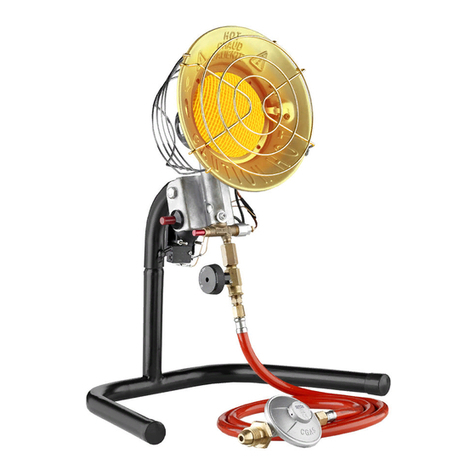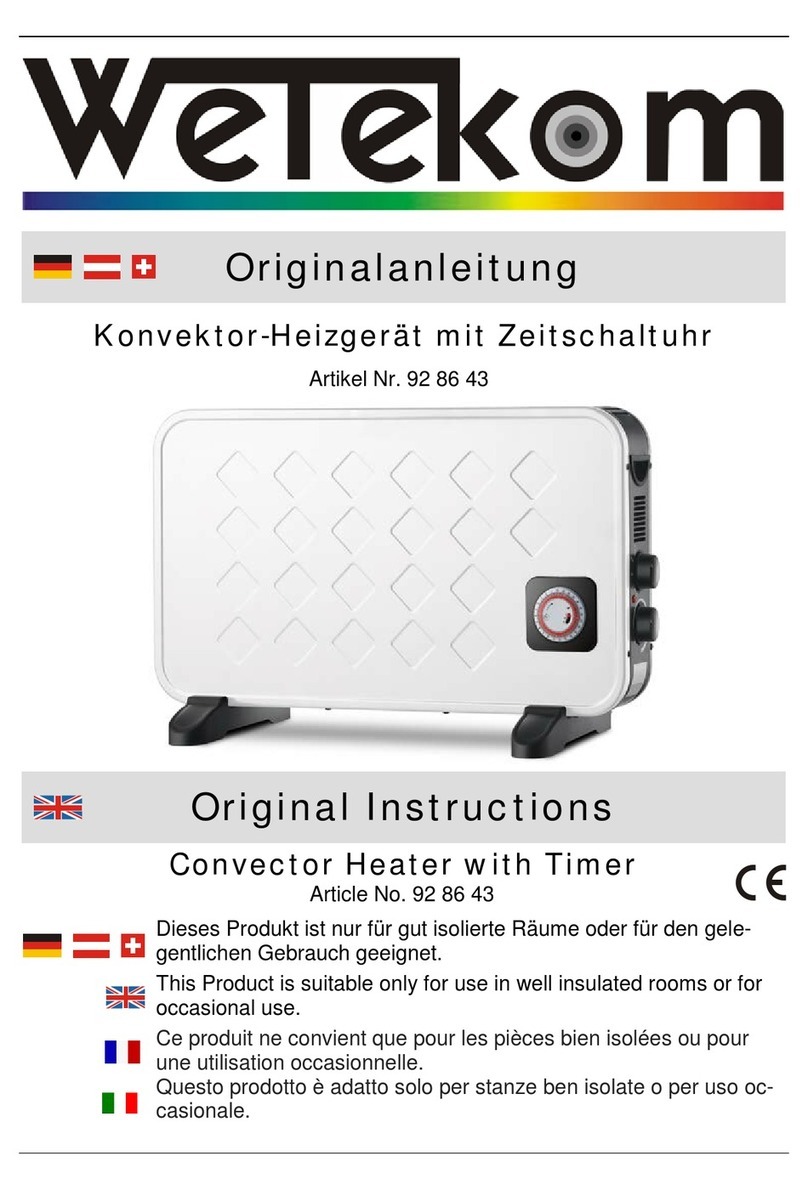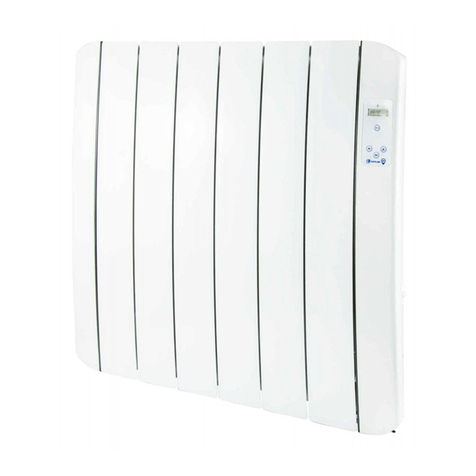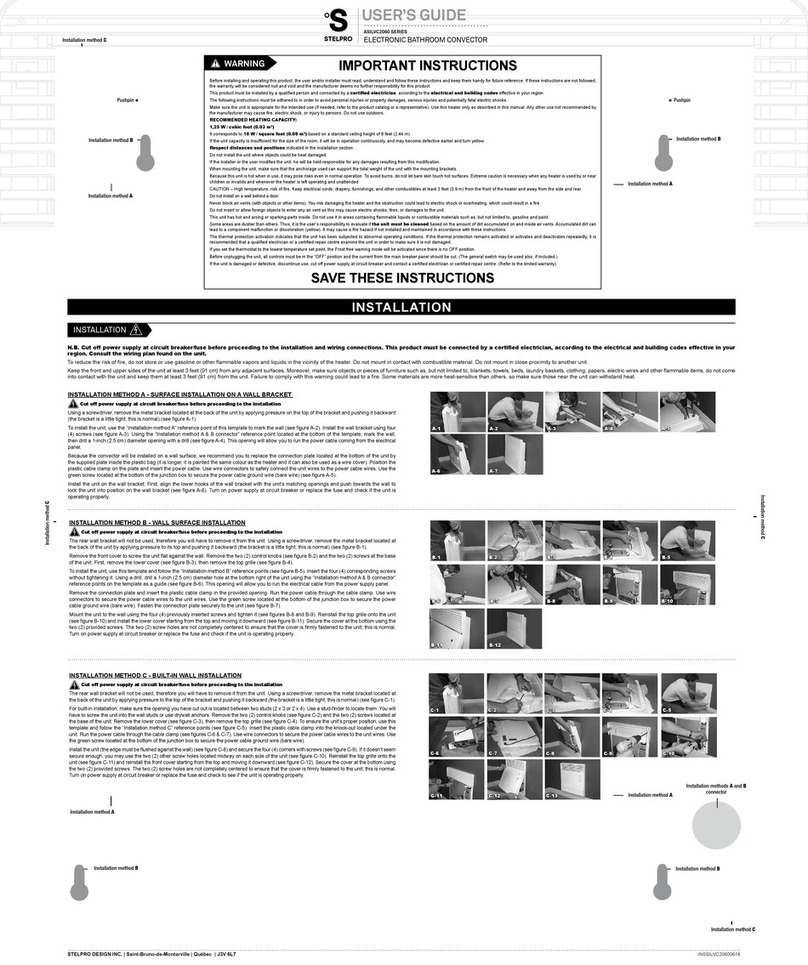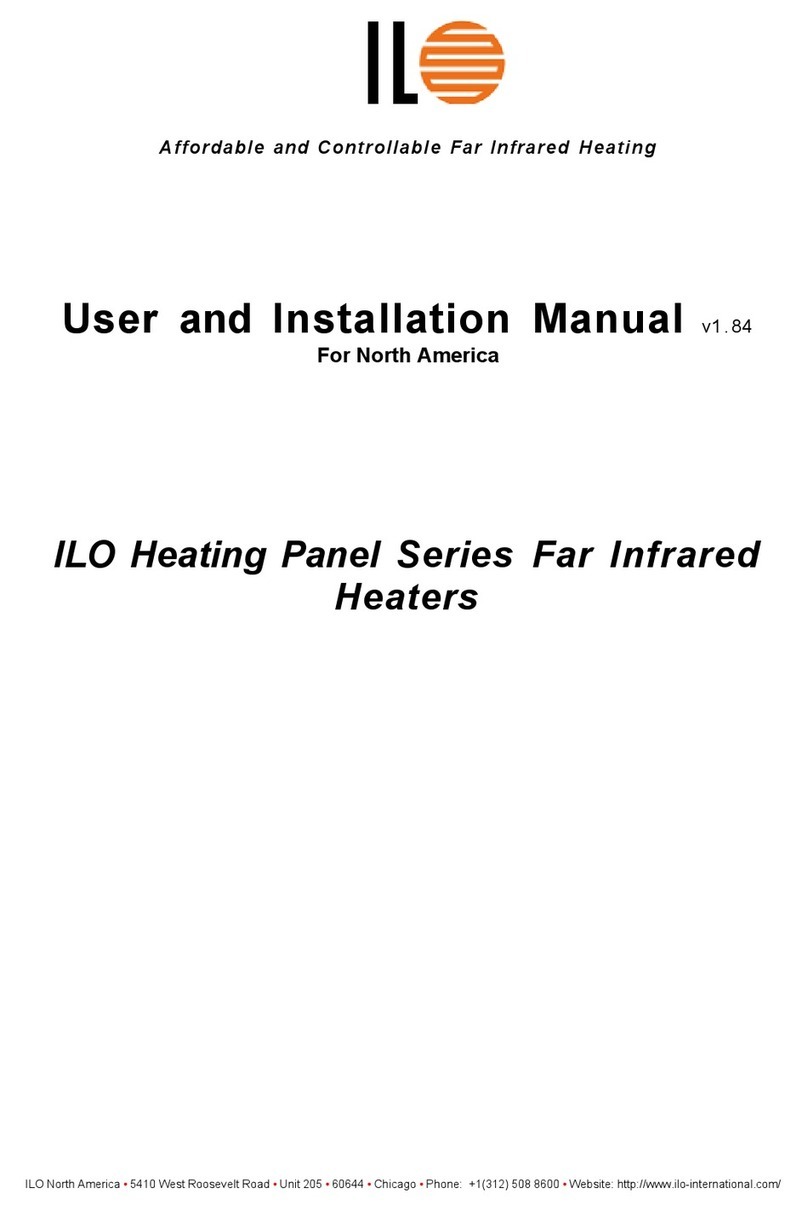Feb 2010
Correctly installed and operated, Fisher solid fuel heaters do not spill smoke into the
house. There are three main reasons why some woodstoves smoke:
Bad installation design: Incorrect flue installation, resulting in low flue
temperatures and low draught, can make a wood heater more likely to spill smoke.
For example, flue systems that run up the outside wall of the house and are not
correctly insulated can rob the heat from the flue and produce very little draught.
Each elbow in the flue pipe assembly slows down the flow of gases and causes a
small restriction to flow. When a flue system includes more than one elbow, the
restriction can be enough to cause spillage.
Extreme negative pressure in the house: Energy efficiency practices and new
building code rules are making our houses more and more airtight. This makes the
houses energy efficient, but also makes them more sensitive to negative pressure
when air is exhausted from the house. Large, fan-forced exhaust ventilators, like
down-draught-type kitchen stove exhausts, can cause extreme negative pressure in
the house when they are operating. Because new houses are tightly sealed, there
are few holes to allow replacement air to enter, and the house pressure becomes
negative. This negative pressure works against flue system draught. In severe
cases, the negative pressure in the house overcomes the flue system draught and
the appliance begins to spill smoke, especially when a fire is started or when it dies
down to coals. To prevent this extreme negative pressure, one option is to open a
window slightly to allow combustion air into the room.
Improper heater firing technique: When a solid fuel heater is starved for air it
smoulders, producing a relatively cool, smoky fire. The temperatures throughout the
system are low. During a smouldering fire, the flue system will not be receiving the
hot gas it needs to produce strong draught. When the heater door is opened, smoke
will spill into the room. A smouldering fire is the single most common reason for
smoke spillage and totally unnecessary. By using the suggestions on proper firing
technique earlier in this document, you will be able to avoid these smouldering fires.
PURCHASING THE FIREWOOD
The quality of the firewood you burn can have a dramatic effect on the efficiency and
operation of the heater. The main factors that affect the burning characteristics of
firewood are moisture content, tree species and piece size.
The moisture content of the wood affects the rate at which it burns and the efficiency
of combustion. When trees are cut, the wood moisture content ranges between 35
and 60 percent by weight. If you attempt to burn wood this wet it will be hard to
ignite, slow to burn and will hiss and sizzle in the firebox. So much energy will be
consumed in boiling off the excess water that the efficiency of combustion and the
heat to your home will be low, condensation and corrosion may be occurring in the
flue and smoke may be causing problems to your neighbours. Properly seasoned
wood ignites readily and burns efficiently.
PLEASE NOTE: WOOD WITH A MOISTURE CONTENT OF 25% OR LESS IS THE
ONLY APPROVED WOOD TO USE IN CLEAN AIR ZONES








